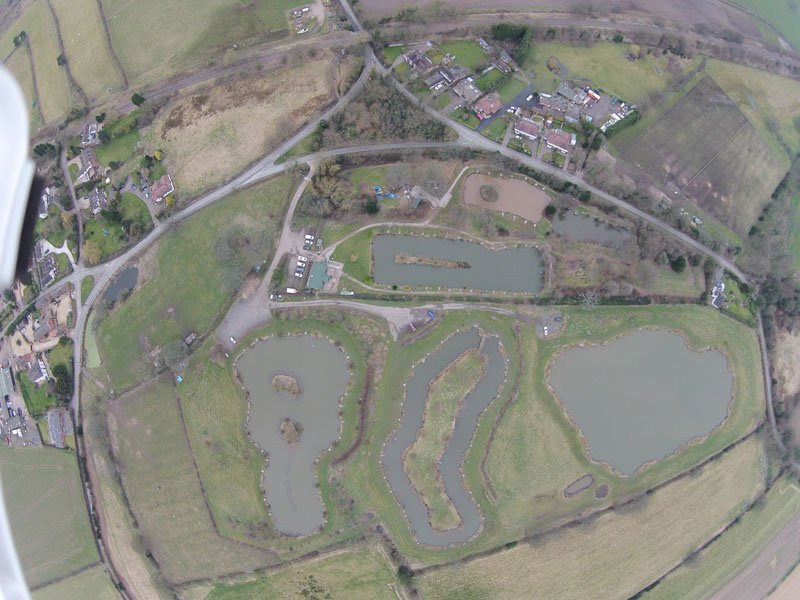

Turning right at the top a footpath follows the remnants of the Redruth & Chacewater Railway to the village of Carharrack. Starting from the top of the Coppice Inn car park, cross right and walk uphill through Trevarth towards Carharrack as far as the mining trail turn left at the brown sign and ascend to Pennance Road. Route: Via Carharrack (Road) then forest trail and public footpath across Gwennap Estate follow Gwennap Pilgrimage to Comford Hill, Trevarth and Lanner. Turn right towards Portreath Bakery you will pass Pennance Lane as you return to the pub for a well-deserved refreshment and hopefully the satisfaction of a lovely walk! Turn right and enjoy a lovely walk back towards Lanner Moor at the road junction take the byway on the left and descend to the thoroughfare. The parish church of Lanner is diocese of Truro and the county of Cornwall it hosts many community events including jumble sales and traditional village activities.Ĭontinuing uphill from the church for half a mile, pass under a tunnel above the Tresavean Tramroad turn immediately left after the tunnel and ascend to the tramroad. This is a pleasant little corner of Lanner and an ideal place to relax or even enjoy a picnic.

Ascend to the top of the lane, turn left onto Pennance Road near Fiddlers Green and walk towards Lanner Hill.Īt the hill cross the road and descend to Lanner Square in front is the Lanner Inn bear right here and walk to the Green and Christchurch. Leaving the Coppice from the lower car park, turn right and cross to the thoroughfare from here continue uphill to Pennance Lane next to the Portreath Bakery. Finishing along the Tresavean Tramroad and Lanner byways. Route: Via Lanner thoroughfare Pennance Lane, byway/footpath to Lanner Green and Christchurch. Sometimes you may find it necessary to cut higher first, then trim back.A basic overview of local circular walks with videos and news updates on this page about forth-coming events. Angle the cut 15 to 20 degrees from the horizontal, with the low point facing out from the stool center. Make one cut about 2 inches (5 cm.) above the point the branch grows out of the stool. Then, you work from one side of the stool to the center, cutting the most accessible poles. The next step in coppicing techniques is to prune away dead or damaged shoots. The procedure for coppicing first requires you to clear out foliage around the base of the stool. The smaller wood pieces were also used for firewood, charcoal, furniture, fencing, tool handles, and brooms. Usually, the coppiced trees grow more in their second year, then growth slows dramatically in their third.Ĭoppice products used to include ship planking.

Oak and lime grow sprouts that reach 3 feet (1 m.) in their first year, while the best coppicing trees – ash and willow – grow much more.

The weakest are beech, wild cherry, and poplar. The strongest broad leaves to coppice are: Generally, broadleaf trees coppice well but most conifers do not. Not all trees are plants suitable for coppicing. This can be carried out over and over again for several hundred years. The sprouts that arise are allowed to grow until they are of the correct size, and then are harvested and the stools allowed to grow again. Sprouts grow from dormant buds on the cut stump, known as a stool. Coppicing trees provided a constant supply of logs of a size that could be easily handled.Įssentially, coppicing is a way of providing a sustainable harvest of tree shoots. The practice of coppicing pruning was particularly important before humans had machinery for cutting and transporting large trees. What is Coppicing?Ĭoppicing pruning has been around since Neolithic times, according to archaeologists. Read on for more information about coppicing trees and coppicing techniques. The shoots are left to grow for a certain number of years and then are cut, starting the entire cycle again. It is often done to create renewable wood harvests. The word ‘coppice’ comes from the French word ‘couper’ which means ‘to cut.’ What is coppicing? Coppicing pruning is trimming trees or shrubs in a way that encourages them to sprout back from the roots, suckers, or stumps.


 0 kommentar(er)
0 kommentar(er)
